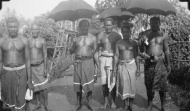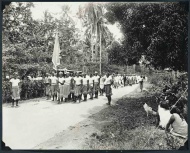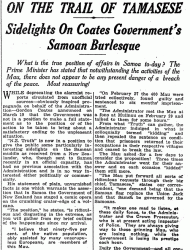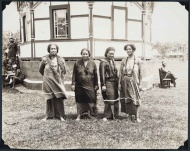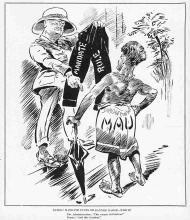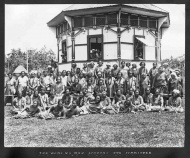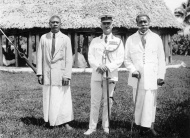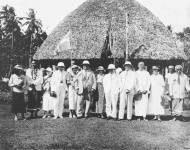Events In History
-
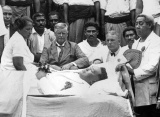 28 December 1929'Black Saturday' in Samoa
28 December 1929'Black Saturday' in SamoaNew Zealand military police fired on Mau independence demonstrators in Apia, killing 11 Samoans, including the independence leader Tupua Tamasese Lealofi III. Read more...
Articles
New Zealand in Samoa
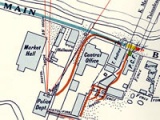
New Zealand was ill-equipped to cope with the Western Samoa mandate it was allocated by the League of Nations in 1920. The Mau movement's passive resistance culminated in the violence of 'Black Saturday', 28 December 1929, which left 11 Samoans and one New Zealand policeman dead.
-
Page 4 – Sowing seeds of discontent
By 1926, anti-New Zealand feeling was strong throughout Samoa.
-
Page 5 – The rise of the Mau movement
Samoa has a history of opposition to European rule, but the opposition that emerged in the late 1920s was organised and widespread.
-
Page 6 – Stepping up the Mau campaign
In January 1928 Mau policeman, dressed in a uniform of a purple lavalava with a white stripe, began enforcing a sā - ban - on European stores in Apia.
-
Page 7 – Black Saturday
One New Zealand policeman and up to 11 Samoans, including Tupua Tamasese Lealofi III, were killed in Apia on Black Saturday - 28 December 1929.
-
Page 8 – Towards independence
On 4 June 2002 Prime Minister Helen Clark offered 'a formal apology to the people of Samoa for the injustices arising from New Zealand's administration of Samoa in its earlier
Capture of German Samoa

When war broke out in Europe in August 1914, Britain asked New Zealand to seize German Samoa as a ‘great and urgent Imperial service’. Although the tiny German garrison offered no opposition, at the time it was regarded as a potentially risky action.
- Page 4 - Wartime administrationGerman officials were replaced by New Zealand military officers, civilians, or British residents. These often lacked the experience or qualifications to do the
-
Main image: Apia police station
Fale o Leoleo, Police station, Apia c 1930. A Lewis gun mounted on the balcony of this building fired over the heads of marchers on Black Saturday.




